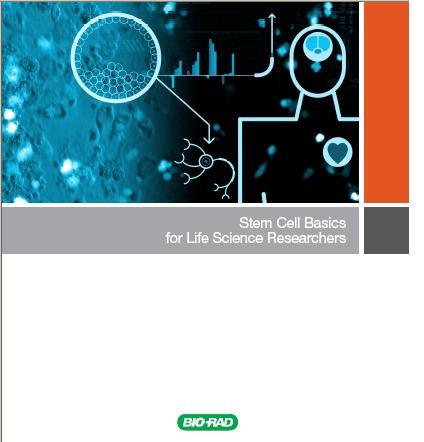When talking about genetic abnormalities at the DNA level that occur when chromosomes swap, delete or add parts, there is an evolving communication gap both in the science and medical worlds, leading to inconsistencies in clinical and research reports.
Now a study by researchers at Brigham and Women’s Hospital (BWH) proposes a new classification system that may standardize how structural chromosomal rearrangements are described. Known as Next-Gen Cytogenetic Nomenclature, it is a major contribution to the classification system to potentially revolutionize how cytogeneticists worldwide translate and communicate chromosomal abnormalities. The study will be published online April 17, 2014 in The American Journal of Human Genetics.
“As scientists we are moving the field of cytogenetics forward in the clinical space,” said Cynthia Morton, PhD, BWH director of Cytogenetics, senior study author. “We will be able to define chromosomal abnormalities and report them in a way that is integral to molecular methods entering clinical practice.”
According to the researchers, advances in next-generation sequencing methods and results from BWH’s Developmental Genome Anatomy Project (DGAP) revealed an assortment of genes disrupted and dysregulated in human development in over 100 cases. Given the wide variety of chromosomal abnormalities, the researchers recognized that more accurate and full descriptions of structural chromosomal rearrangements were needed.
Tags: genetics















